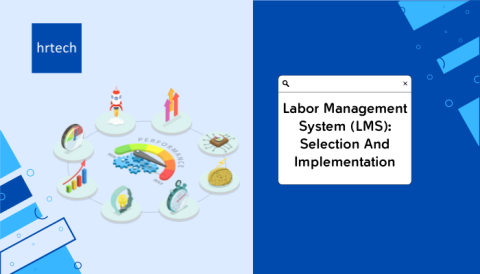TL;DR
- HRMS stands for Human Resource Management System, which helps automate HR tasks like payroll, recruitment, and performance management.
- Key components include employee data management, recruitment, payroll, performance tracking, and compliance.
- HRMS differs from HRIS and HCM in scope, with HRMS covering both administrative and strategic HR functions.
- The benefits of HRMS include improved accuracy, faster HR processes, and a better employee experience.
- Choosing the right HRMS involves considering factors like scalability, ease of use, vendor support, and alignment with business needs.
Human Resource Management Systems (HRMS) are essential for modern businesses. These tools automate core HR functions, such as payroll, recruitment, and employee data management, freeing up valuable time for HR teams.
The global HRMS market is anticipated to reach USD 60.5 billion by 2030, with a growth rate of 14.4% annually from 2025. This rapid growth shows how more companies are turning to technology to simplify complex HR tasks. Companies are seeking faster, more accurate ways to manage their workforce.
This blog will guide you through what HRMS is, its key features, and how to choose the right system for your organization. We’ll also discuss the challenges you may encounter and the benefits you can expect when making the switch.
What Is an HRMS?
An HRMS is a set of software tools designed to help organizations manage their HR tasks more easily and effectively. It covers everything from payroll and hiring to performance tracking and compliance, simplifying the overall HR process. By centralizing all HR activities into one system, HRMS makes it easier to streamline operations.
With an HRMS, HR teams can automate repetitive tasks, cutting down on human errors and making record-keeping more accurate. It’s not just about speeding up processes; it’s about making sure the data stays consistent and reliable.
HRMS tools help organizations manage HR needs with a more focused approach. By providing real-time data, managers can monitor performance and make decisions based on facts that support company goals.
Now, let’s break down the key features that make it effective.
Key Components of an HRMS
An HRMS typically includes several core components that help HR departments manage the various aspects of the employee lifecycle. These features range from data management to performance tracking, all designed to make HR tasks more manageable and efficient.
1. Employee Data Management
At the heart of any HRMS is its ability to store and organize employee data. This includes personal details, job history, payroll information, and performance records. With all this data in one place, HR professionals can access information quickly and accurately, ensuring consistency across the organization.
2. Recruitment and Onboarding
HRMS platforms often come with tools to support recruitment and onboarding. These features help streamline the hiring process by automating job postings, candidate tracking, and interview scheduling. Once a candidate is hired, the system manages their onboarding process, providing new employees with essential information and training resources right from the start.
3. Payroll and Benefits Administration
Manually managing payroll is not only time-consuming but also prone to errors. An HRMS automates the payroll process, including tax deductions and benefits enrollment. This reduces mistakes, saves time, and ensures everything is compliant with tax laws, allowing HR teams to focus on more strategic priorities instead of administrative duties.
4. Performance Management
Another key feature of HRMS is its performance management tools, which track employee performance by setting goals, providing continuous feedback, and conducting regular performance reviews. This helps HR teams and managers ensure that employees are aligned with company objectives and continually grow in their roles.
5. Training and Development
A comprehensive HRMS also includes features for training and development. These modules enable HR teams to schedule and track employee training, ensuring that employees have access to the necessary resources to advance in their careers. By keeping track of certifications, courses, and progress, the HRMS makes it easier to nurture talent.
6. Compliance and Reporting
As labor laws and regulations become more complex, ensuring compliance has become a top priority for HR departments. HRMS provides tools to track compliance with federal, state, and local laws. It can also generate real-time reports, helping HR managers stay on top of legal requirements while maintaining transparency in operations.
With the key components in mind, let’s explore how HRMS differs from HRIS and HCM.
HRMS vs. HRIS vs. HCM
When you start looking at HR software, you’ll come across terms like HRMS (Human Resource Management System), HCM (Human Capital Management), and HRIS (Human Resource Information System). While all of these tools aim to simplify HR tasks, they’re not the same. Each one focuses on different aspects of HR management.
Here’s a quick comparison to highlight the differences:
| Feature | HRMS | HRIS | HCM |
| Key Functions | Payroll, Recruitment, Performance Management, Compliance | Employee Records, Payroll, Benefits | Workforce Planning, Talent Acquisition, Leadership Development |
| Scope | Comprehensive | Narrower | Broad Strategic Focus |
| Focus | Both Administrative and Strategic HR | Primarily Administrative HR | Focuses on Aligning Workforce with Business Goals |
| Strategic Features | Employee Development, Performance Tracking | Limited to Core HR Functions | Talent Management, Leadership Development, Workforce Strategy |
In essence, HRMS is a broad tool covering both the daily operational tasks and long-term HR strategies. HRIS tends to focus on the basics, handling payroll and employee records. HCM, meanwhile, focuses on aligning HR with business goals, with an emphasis on workforce development and leadership planning.
Now, let’s examine how implementing an HRMS can benefit your organization.
Benefits of Implementing an HRMS
Implementing an HRMS can significantly improve your HR processes. It goes beyond automating tasks, giving HR teams more time to focus on what matters most. At the same time, it enhances accuracy and consistency across all areas of HR work.
1. Improved Speed and Accuracy
Manual HR tasks are often slow and can easily lead to mistakes. An HRMS reduces the need for manual entry and automates payroll, benefits, and compliance processes, which means fewer mistakes and faster turnaround times. This not only saves time but also reduces the risk of costly errors.
2. Better Employee Experience
An HRMS doesn’t just benefit HR teams; it can also enhance the employee experience. With features like self-service portals, employees can update their details, request time off, or access benefits information independently. This autonomy can boost employee satisfaction and engagement, knowing they have control over their HR-related tasks.
3. Informed Decision-Making
HRMS gathers and organizes data, making it easier to create reports and insights. This allows HR leaders to make smarter decisions, whether it’s about employee performance or hiring needs. With data at their fingertips, managers can adjust strategies quickly and effectively, keeping the organization on track.
4. Compliance and Risk Management
Staying compliant with tax regulations, labor laws, and other industry standards can be a complex task. An HRMS can help by automating updates to rules and regulations, ensuring that your organization remains compliant. It also generates real-time reports that can be used during audits, reducing the risk of fines or penalties.
While an HRMS can bring numerous benefits, the path to successful implementation comes with its own set of challenges.
Challenges in HRMS Implementation
While the benefits of HRMS are clear, implementing such a system is not without challenges. Many organizations face obstacles when integrating new software into their existing workflows. Here are some of the most common issues companies encounter:
1. System Integration
If your company is already using other HR tools or legacy systems, integrating an HRMS can be tricky. Compatibility issues can make it challenging to move data from one system to another. Careful planning and consultation with experts can minimize these complications and make the transition smoother.
2. User Adoption and Training
Introducing a new system can face resistance, especially if employees are accustomed to traditional methods. Clear communication about the system’s benefits and comprehensive training are key to successful adoption. A user-friendly interface also helps employees adjust more easily.
3. Data Migration and Security
Moving employee data from old systems into an HRMS requires accuracy and attention to detail. Any errors in data migration could result in incorrect records, which can be problematic for payroll, benefits, and other HR functions. Additionally, ensuring the security of sensitive employee data during this process is crucial to prevent breaches.
Once you’re aware of the challenges, it becomes easier to approach the process of selecting the right HRMS.
Choosing the Right HRMS for Your Organization
Selecting the right HRMS for your company is a decision that can significantly impact your HR operations for years to come. Several factors should be considered to ensure the system aligns with your organization’s needs and goals.
1. Scalability
Your company is likely to grow, and so should your HRMS. Make sure the system can scale with your organization’s size. Whether you’re adding more employees or expanding to new locations, the HRMS should be able to accommodate increased demand without compromising performance.
2. Ease of Use
A complex system can quickly become a burden. If the interface is not intuitive, employees will struggle to adapt to it. Choose an HRMS that’s user-friendly and requires minimal training to get started. A system that’s easy to navigate will see better adoption and greater use across the team.
3. Vendor Support and Service
Reliable support is key to ensuring your HRMS runs smoothly. Look for vendors that offer prompt customer service and have a strong history of helping businesses during setup and beyond. A helpful support team can prevent unnecessary delays when problems arise.
4. Fit with HR Needs
Different businesses have different HR needs. For instance, a startup may need a system that handles recruitment and onboarding, while a larger organization may require features for advanced performance tracking, compliance management, and training. Before selecting a system, evaluate your current HR processes to identify which features are non-negotiable.
For organizations seeking expert guidance, TeamLease is a reliable partner. Offering HR technology solutions, staffing, and payroll services, TeamLease helps you choose the right HRMS and improve your HR strategy.
Contact TeamLease today to begin enhancing your HR processes!
Having decided on the right HRMS, it’s time to consider the future trends that could impact its functionality.
Future Trends in HRMS
HRMS tools are adapting to meet new business needs. As workforces change, these systems are adding features that address current and future demands. Here are some trends to consider:
- AI and Machine Learning: AI is helping automate tasks like resume screening and performance reviews. Machine learning is also used to predict employee turnover and identify training opportunities.
- Mobile and Cloud-Based Solutions: Cloud-based HRMS systems are gaining popularity, providing remote access for HR teams and employees. Mobile apps enable employees to manage HR tasks, such as viewing pay stubs or requesting time off, from anywhere.
- Employee Self-Service Portals: Self-service features give employees the ability to manage their HR tasks independently. They can update personal information, request time off, and access necessary resources without needing to go through HR, reducing the workload on HR teams.
Looking to stay ahead with the latest HRMS trends? TeamLease offers the right tools and expertise to help your organization adapt to these new advancements. Contact TeamLease today to explore how our HR solutions can support your business’s growth and future needs.
Conclusion
HRMS systems are essential tools that simplify HR processes. By automating tasks such as payroll and recruitment, these systems enable HR teams to focus on more strategic work. They also enhance data accuracy, minimize errors, and offer valuable insights for informed decision-making.
With the right HRMS in place, organizations can enhance the employee experience and improve HR effectiveness. Whether you’re a small startup or a large enterprise, choosing the right system is key to managing your workforce efficiently.
If you need help choosing and setting up an HRMS, TeamLease is here to provide expert advice and customized solutions to make the process easier for you.
FAQs
Q. What exactly does HRMS stand for, and how does it help businesses?
A. HRMS stands for Human Resource Management System. It automates HR tasks like payroll, recruitment, and performance management. This saves time and reduces errors. By managing routine tasks, HRMS lets teams focus on more strategic goals. It improves accuracy and reduces the HR workload.
Q. How does HRMS improve accuracy in HR operations?
A. HRMS automates tasks like payroll and benefits management, reducing the risk of human error. It ensures data consistency by keeping all records in one place. Automated updates help HR teams stay compliant with changing regulations. This makes HR operations more reliable and error-free.
Q. Can HRMS be used for compliance management?
A. Yes, HRMS helps manage compliance by automatically tracking regulations and deadlines. It generates reports for audits and ensures the business follows labor laws. This reduces the chance of missing deadlines or making costly mistakes. HRMS makes compliance easier to manage and less time-consuming.
Q. How does an HRMS help with employee onboarding?
A. HRMS simplifies onboarding by automating document submission, training schedules, and task assignments. New employees can complete paperwork online, and HR can track their progress. This speeds up the process and ensures no steps are missed. It helps new hires feel prepared and welcomed.
Q. Is HRMS only useful for large companies, or can small businesses benefit too?
A. Small businesses can also benefit from HRMS. It automates HR tasks and tracks employee data, saving time. Even with fewer employees, it helps stay organized and compliant. HRMS makes it easier to scale as the business grows. It’s a helpful tool for both small and large companies.







